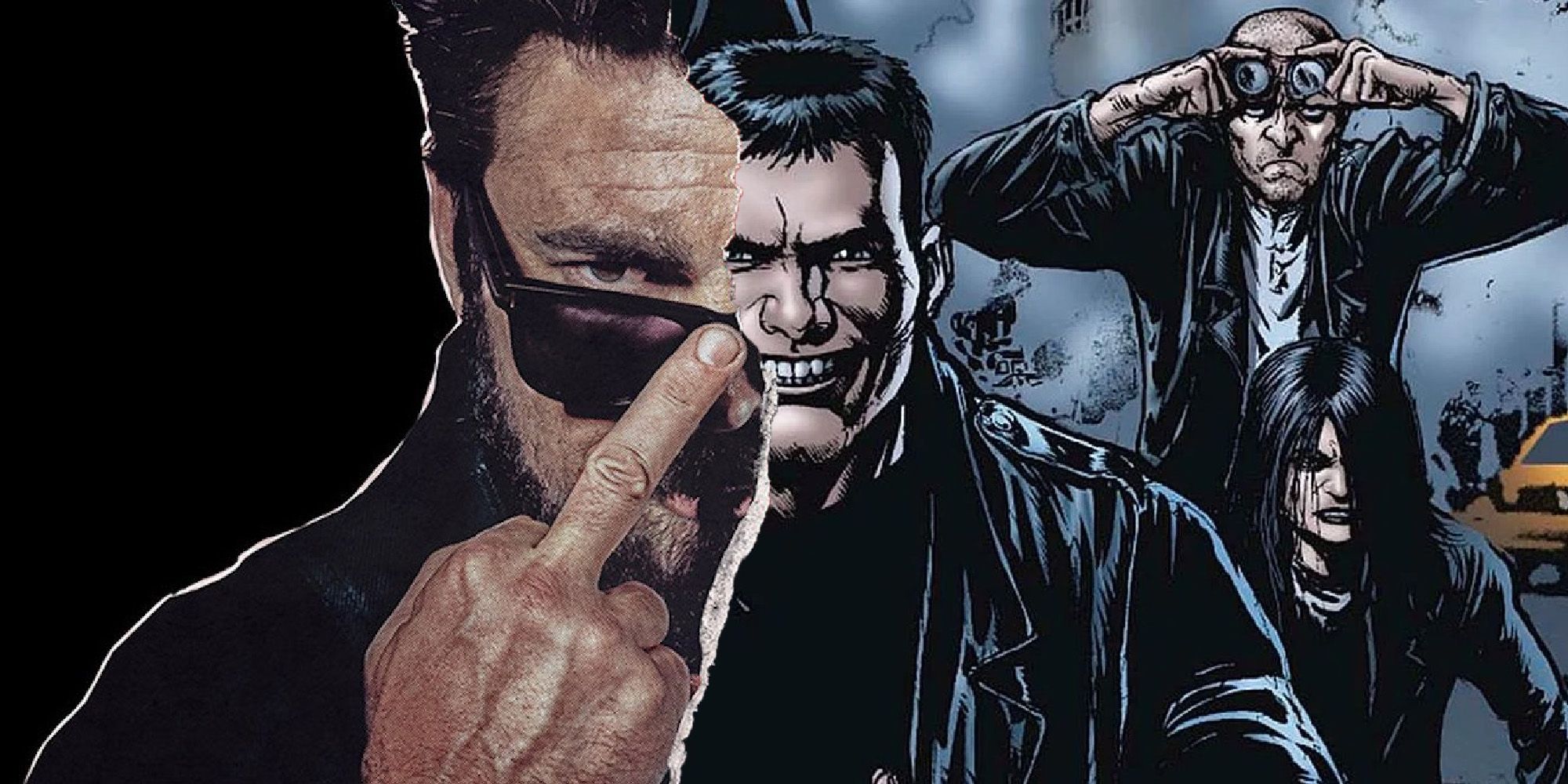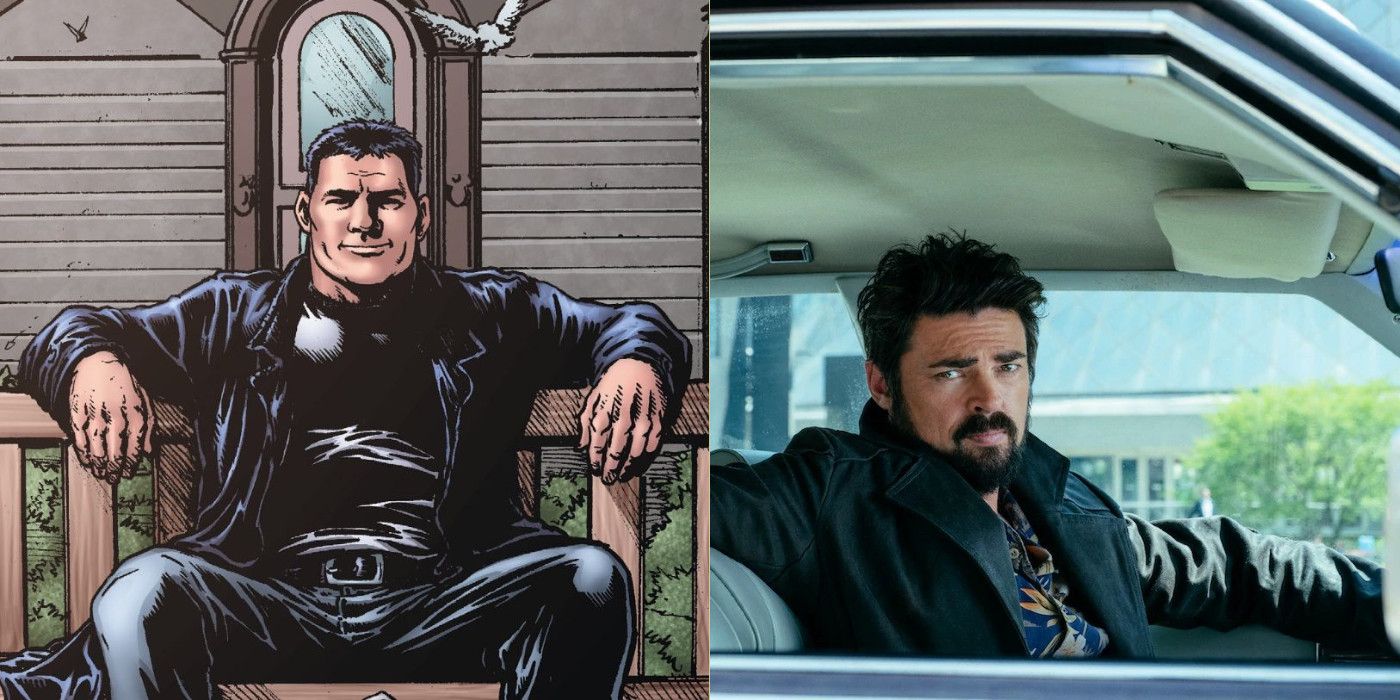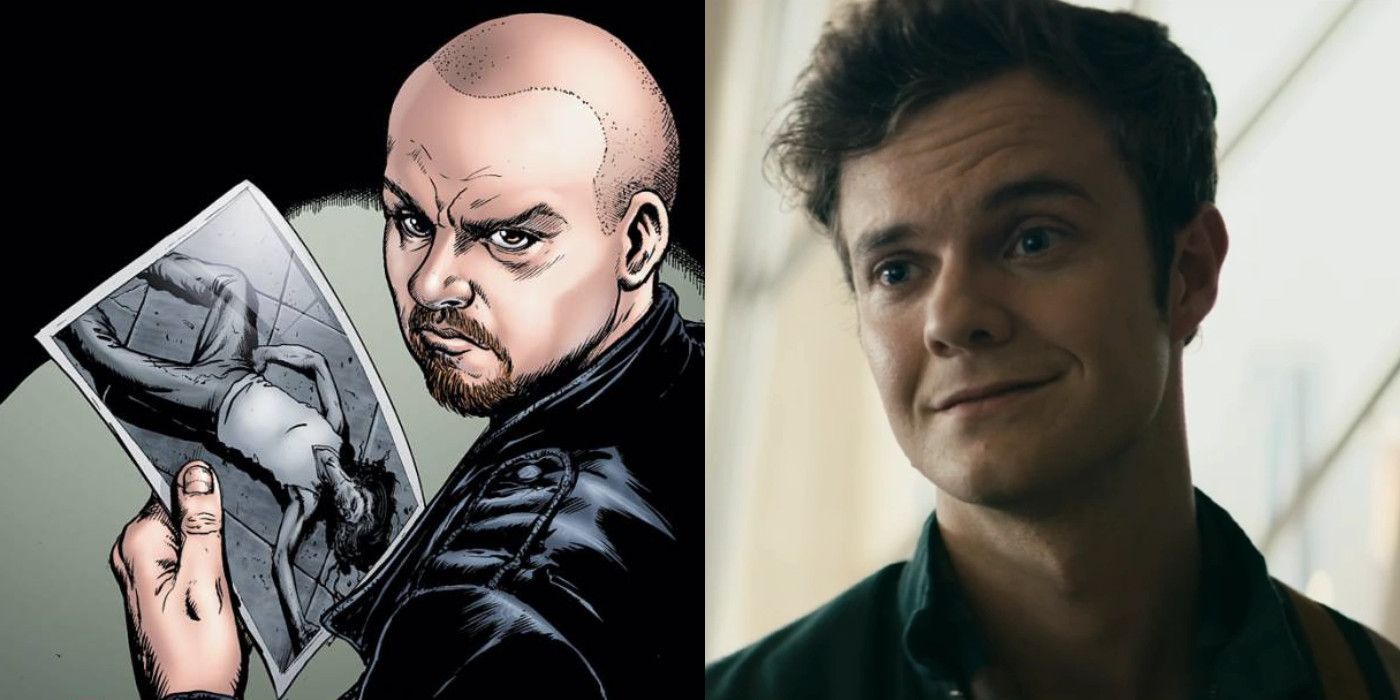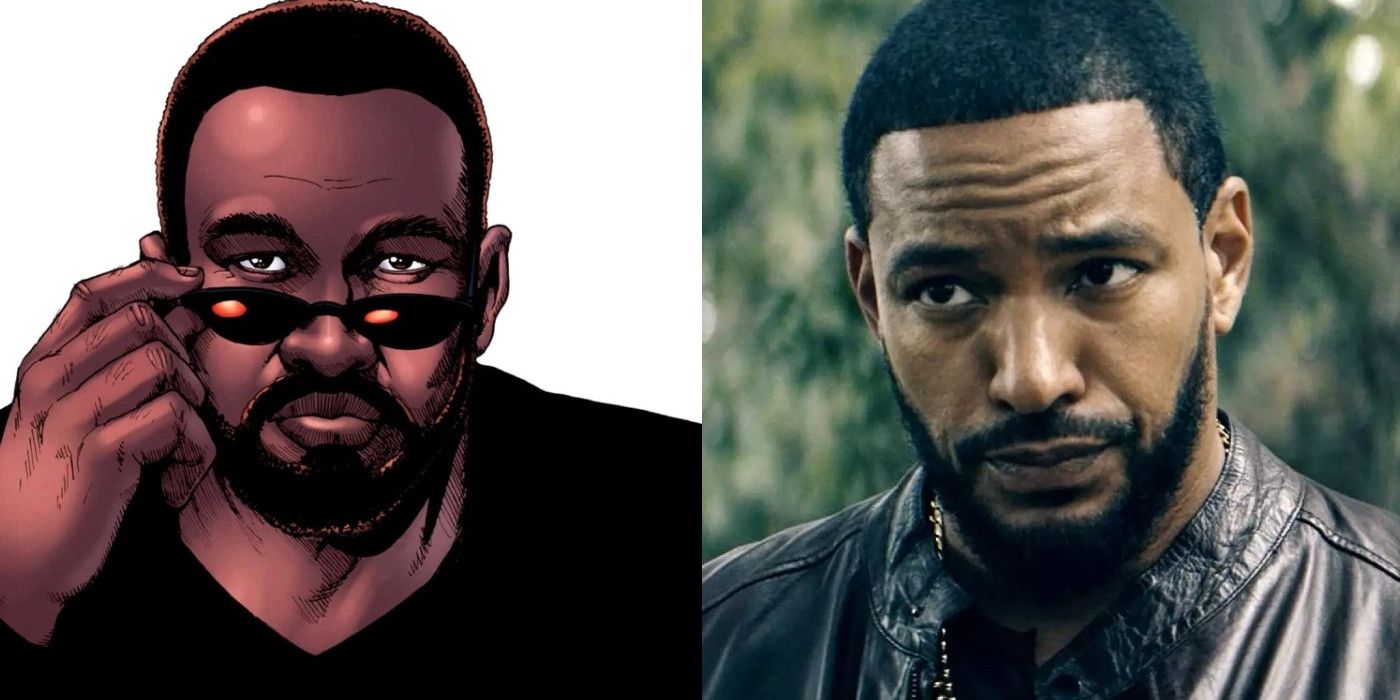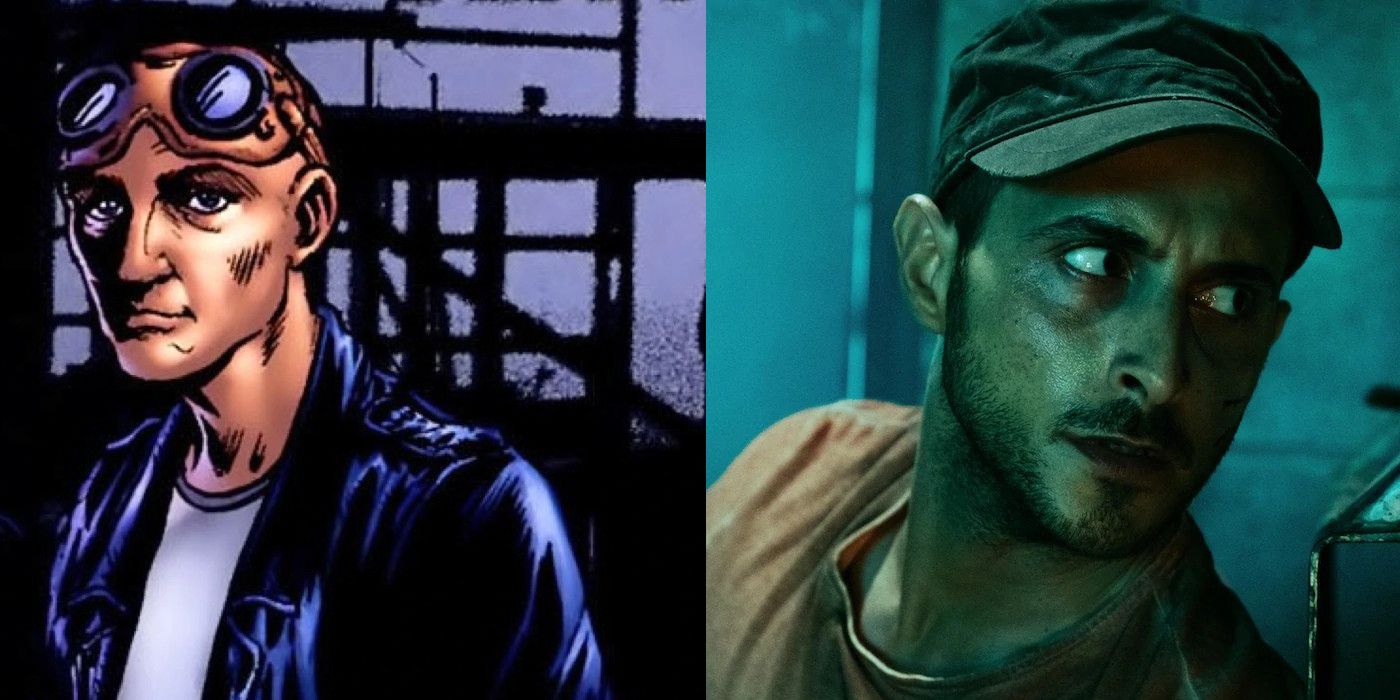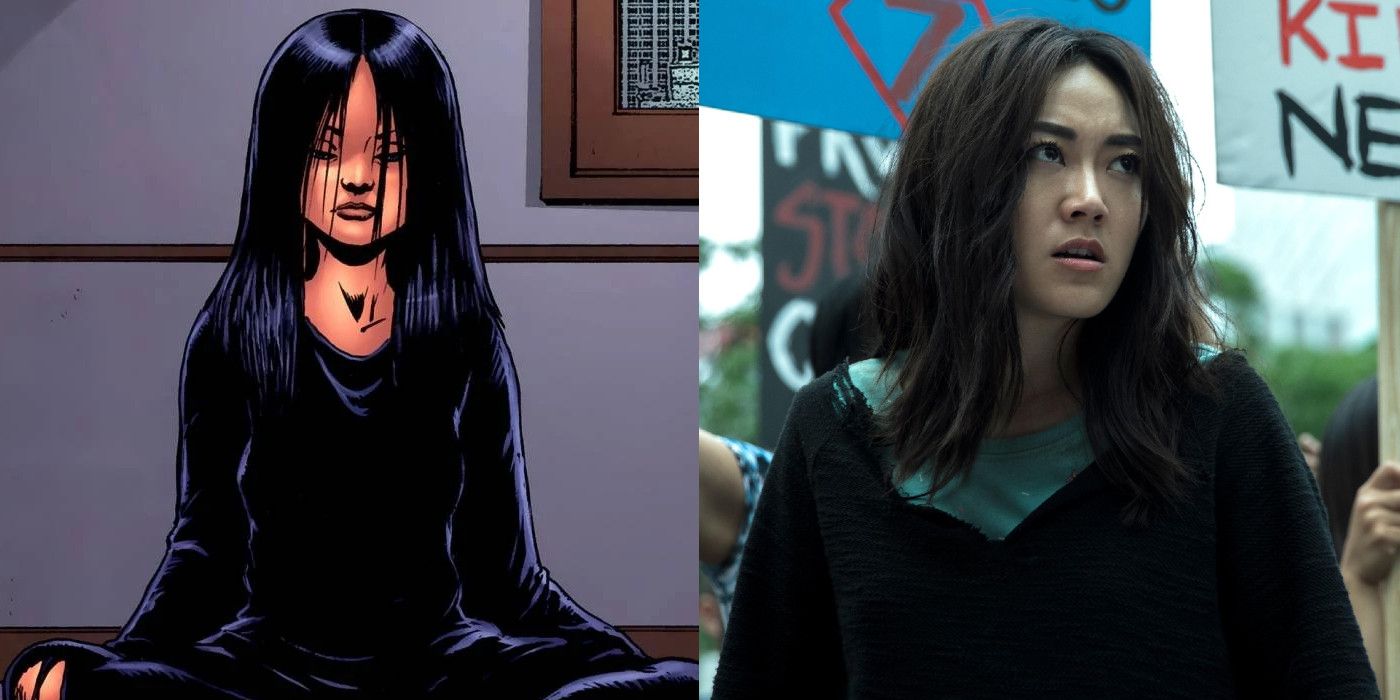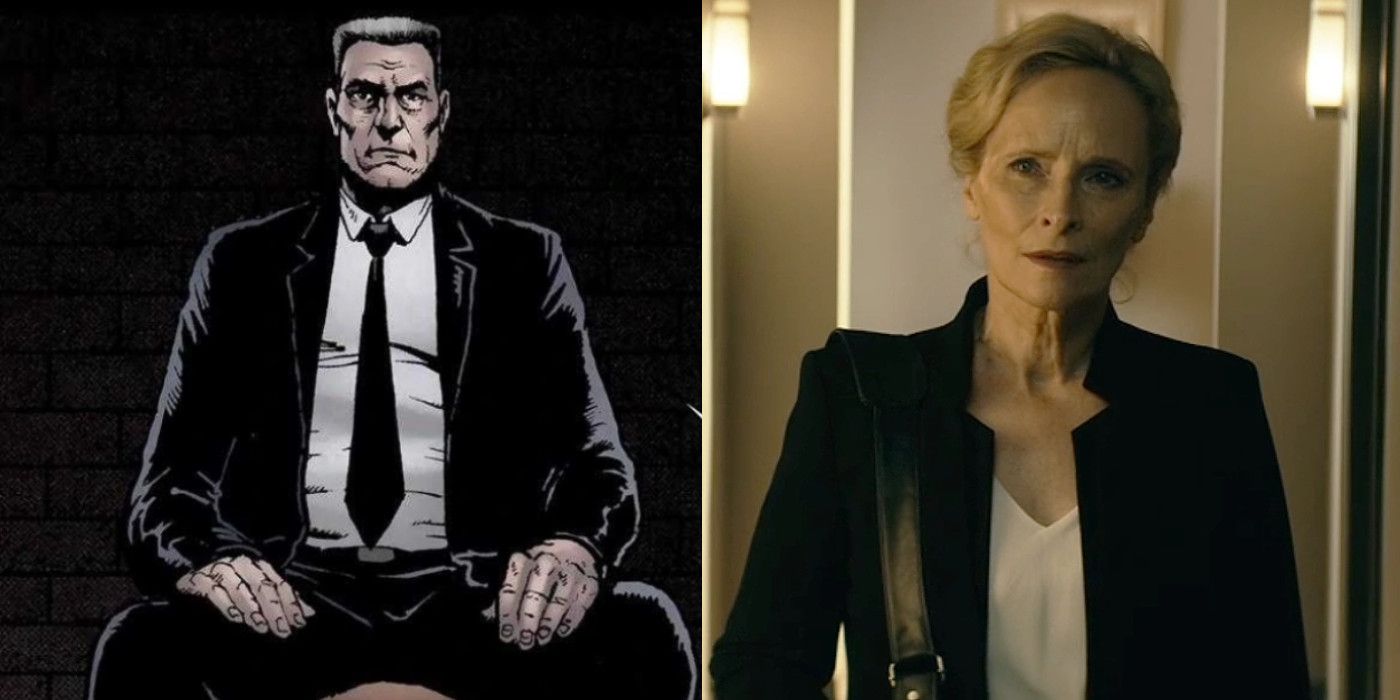Across its already-aired seasons, The Boys has become a bonafide hit, with the titular group comprised of some colorful characters — but how do they compare to their originals from the page? Created by Garth Ennis and Darick Robertson, The Boys first hit the shelves in 2006. Both parodying and embracing comic book tropes, the saga was set in a world where superheroes were commonplace. Rather than squeaky-clean saviors, however, many were revealed to be corrupt at best and depraved psychopaths at worse. Fueled by a very personal grudge, Billy Butcher led a group who took it upon themselves to, in his words, "spank the bastards when they get out of line".
Following the success of Preacher - which was also created by Ennis - Seth Rogen and Evan Goldberg sought to bring to life the equally violent and quirky universe. Finding a home on Amazon Prime, Rogen and Goldberg produced the series, and Supernatural creator Eric Kripke served as the showrunner. Taking a more centralized aim at the superhero movie industry, the series has skewered everything from the Marvel Cinematic Universe to celebrity culture in general. Premiering in mid-2019, it rapidly garnered immense popularity and acclaim. The even more well-received season 2 premiered in September 2020. At the same time, it was confirmed that The Boys had already been renewed for season 3 and would also receive a college-based spin-off.
After his girlfriend Robin was killed by a "supe", Hughie was recruited by Butcher and given a chance at revenge. Joined by Mother's Milk, Frenchie, and Kimiko, the quest for bloodthirsty justice became something more as they uncovered a web of conspiracy at the center of Vought International. The conspiracy only deepened in The Boys season 2, with several new threats emerging. It will likely continue further still when The Boys season 3 rolls around, with several questions left unanswered. Whatever the case, each member of the titular group of the show has been firmly established in fan's minds around the world. However, with the comics still unfamiliar to many of them, here's how each of The Boys matches up to and/or differ from their comic book counterparts.
Billy Butcher
Played by Karl Urban, the TV version of Billy Butcher is surprisingly gruffer and slightly more war-torn (in appearance) than his comic book counterpart. This is most notably seen in the distinct scar TV Butcher has above his eye. Equally, he adopted and maintained the traditional "Beard of Sorrow" in the wake of Becca Butcher's original disappearance. For all his emotional baggage, comic Butcher remained clean-shaven. For all his adventures and missions, he also managed to stay largely unblemished. Thicker around the jaw, comic Butcher was modeled on The Punisher. As such, he mostly dressed accordingly (minus Frank Castle's famous skull emblem). While he's displayed a similar attitude, TV Butcher, meanwhile, has often included somewhat more colorful elements to his attire — as seen with his shirt above. His hair is also much more stylish than comic Butcher's basic military crew cut.
Hughie
Played by Jack Quaid, TV's Hughie Campbell marked one of the most substantial character changes from the comics. As well as being switched from Scottish to American, Quaid's version couldn't look more different. Comic book Hughie is based on Shaun of the Dead's Simon Pegg — a fact the show paid off by having Pegg play Hugh Campbell Sr. As such, he has extremely short hair and a goatee (as per Pegg's character in the British sitcom Spaced). The show's version of Hughie also has a much more styled haircut and is clean-shaven. As of yet, he also hasn't started dressing like Butcher and the rest of the group.
Mother's Milk
Played by Laz Alonso, the show's version of Mother's Milk. has emerged closest to his comic book counterpart. Though he is, perhaps, not quite as overtly muscular, Alonso's version is still large and imposing enough to make sense of his inclusion in the squad. All the while not overshadowing the power of actual superheroes. He also has the comic book version's air of gentle humanity that lurks behind the eyes. The TV version, unlike the rest of The Boys, does dress somewhat similar to the group in the comics. However, he has offset it with such distinct character flourishes as a gold chain and various sports-or-music-based t-shirts. Equally, while he has retained M.M's comic book beard, Alonso has a much better haircut.
Frenchie
Played by Tomer Capon, Frenchie has almost a reversed trajectory to Billy Butcher's adaptation from page to screen. Known more as The Frenchman, the comic book version often looked gaunt and infinitely more worn down. He has also frequently looked as outwardly mad as his personality would suggest. TV's Frenchie ( a.k.a Serge), meanwhile, can more easily pass for something close to normalcy at first glance. A decade or so younger and less rectangular of face, Frenchie has adopted a stylish, stubbled look on a more consistent basis. He also has more hair than in the comics. Like Hughie, Capon's version hasn't worn the comic book group's signature uniformed clothing. Instead, he has maintained a very unique style, which has featured an array of extremely meta or otherwise referential shirts. Equally, while he only wore a pair of goggles to help Starlight remove her tracking chip, they are a staple part of his attire in the comics.
Kimiko (AKA The Female)
Played by Karen Fukuhara, The Boys version of The Female has skewed a little older than the comic book's depiction. Gifted both an actual name and a more fleshed out, sympathetic backstory, Kimiko Miyashiro has felt like a more fully-realized young woman. In the comics, however, she was frequently depicted with a much more childlike appearance. Both versions have identical feral warrior energy and a penchant for grunge and/or emo clothing. As such, they have largely conformed to the oft-criticized silent, mysterious Asian trope. However, Kimiko's hair is less jet-black than the original's. Plus, through Fukuhara's performance, Kimiko has proven much more expressive and frequently brighter in terms of her demeanor.
Colonel Mallory
Played by Laila Robins, Grace Mallory was the original founder of The Boys and presented one of the biggest subversions of the series. In the comics, Mallory was actually a man named Greg. With traces of various cinematic incarnations woven into the design, the character was very much offered as a traditional middle-aged CIA operative/covert Man in Black type. Weathered from decades of service, he wore a normal suit and adopted a traditional military haircut. On the show, Robins' version has been depicted as similarly experienced and burdened by aspects of the past, if seemingly not so directly war-torn. Rather than the clipped black hair, her's was of the flowing blonde variety, though often tied back. She proved to be no less formidable and commanding as her comic book counterpart.
As it stands, the story has increasingly deviated from the source material. That being said, it has also honored it in both direct and more abstract ways. As such, it has made it difficult to discern which direction the show will venture next. Whatever the case, there is plenty of material from the page that is, as yet, untouched by the show — several of which dramatically change some of the characters. As such, the story could ultimately bring some of The Boys closer (in terms of certain physical characteristics) to their comic book originals.

